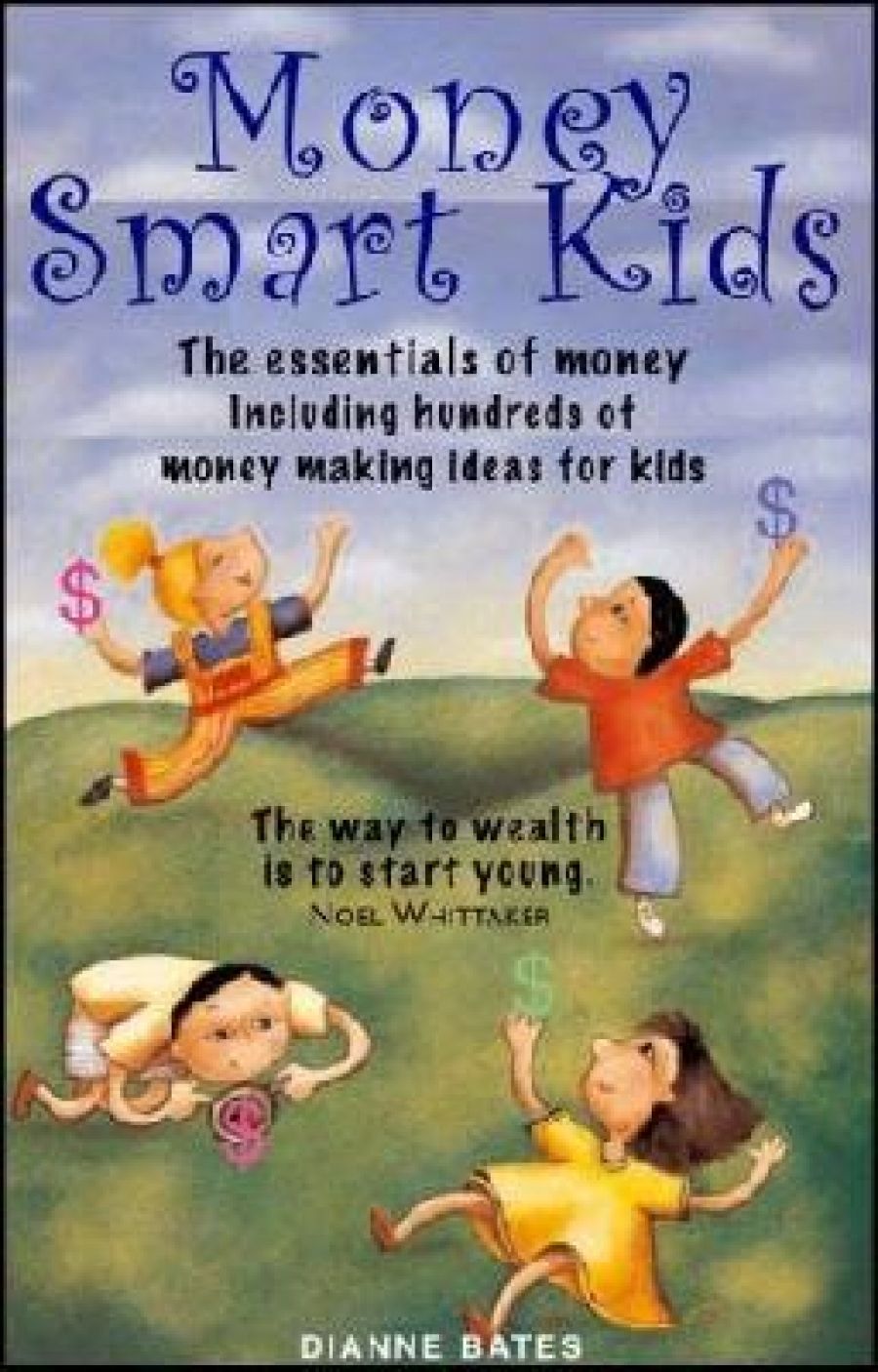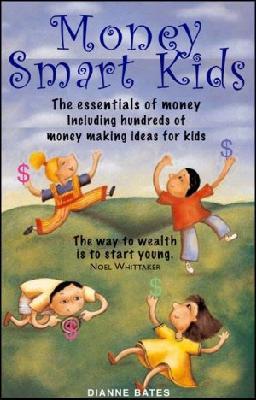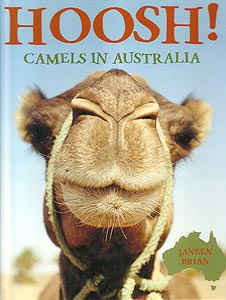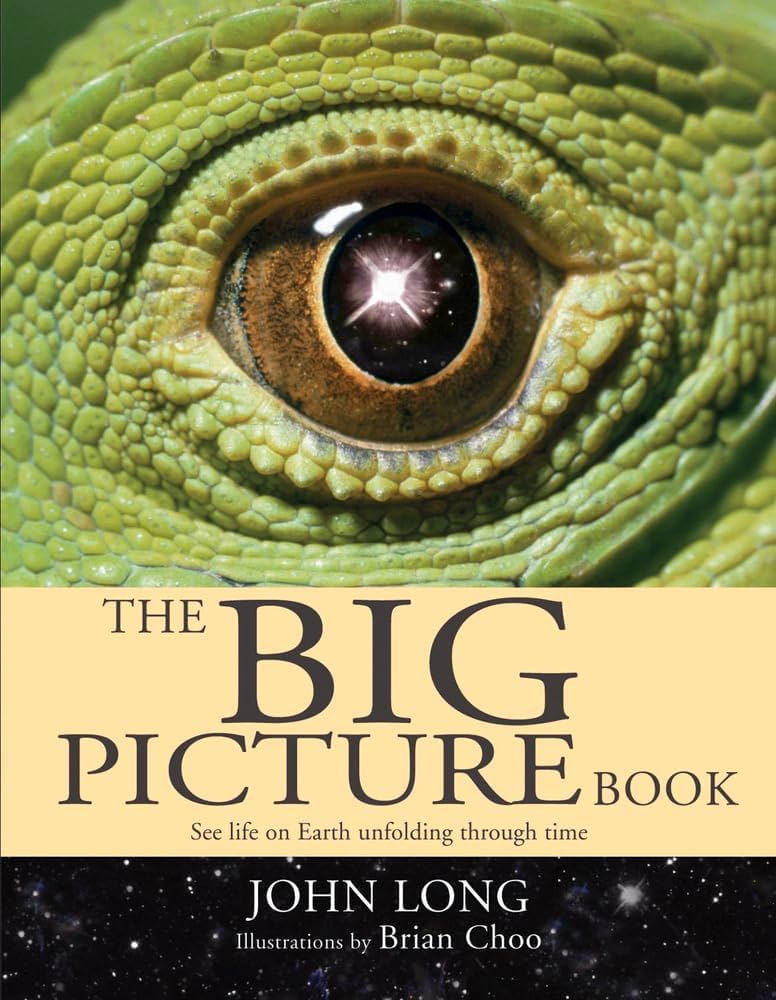
- Free Article: No
- Contents Category: Children's Non-Fiction
- Review Article: Yes
- Article Title: Money, money, money
- Online Only: No
- Custom Highlight Text:
These days, children’s non-fiction is not as stuffy as it once was. Instead of the encyclopaedic and often boring lists of facts that used to constitute the genre, authors are now encouraged to use fictional techniques in style and voice to produce a collage of ideas; and designers are required to present them as interactively as possible. These three very different books share some of these characteristics.
- Book 1 Title: Money Smart Kids
- Book 1 Biblio: Ibis Publishing, $14.95 pb, 160 pp
- Book 1 Cover Small (400 x 600):

- Book 1 Cover (800 x 1200):

- Book 2 Title: Hoosh! Camels in Australia
- Book 2 Biblio: ABC Books, $29.95 hb, 62 pp
- Book 2 Cover Small (400 x 600):

- Book 2 Cover (800 x 1200):

- Book 3 Title: The Big Picture Book
- Book 3 Biblio: Allen & Unwin, $29.95 hb, 48 pp
- Book 3 Cover Small (400 x 600):

- Book 3 Cover (800 x 1200):

In The Big Picture Book, John Long employs a lyrical text to describe the scientific research that is illustrated in stunning images by Brian Choo. Both are well qualified for this task: Long is the curator of Vertebrate Palaeontology at the Western Australian Museum; and Choo is an artist who ‘has been studying and reconstructing fossil animals for many years’. Their book traces the evolution of the planet and of life on earth. The cover is eye-catching, and the design of the internal layout is both orderly and engaging, incorporating (as much new non-fiction does) a core text on a double-page spread with a range of ‘grabs’ of information. This allows the reader to travel at tangents from the main narrative to related topics. The glossary and index might also act as a research list for readers wanting to investigate the areas covered in brief. The use of a repeated sentence at the end of each section builds on the previous section in a cumulative progression towards the present day, and the future. I felt that ‘Today’ might have included more specific details than it did, in order to entice the reader’s imagination, but overall this is a beautifully executed work that would invite further research.
Hoosh! Camels in Australia has benefited from Janeen Brian’s skills and experience as a fiction writer and researcher. Not only is it meticulous in its coverage of every aspect of the camel’s unique capacities, but it also describes them in language that is approachable and interesting to a young reader. For example, in describing the camel’s rolling gait, Brian says that ‘Many people say it makes them feel “seasick”. Others liken it to being in a rocking chair – moving sideways!’ Six years in the making, this book is based on travel, interviews and intensive research, and it shows. It provides a concise history of the part the camel has played in opening up the interior to early white settlers and the continuing role it plays, especially in tourism. It poses the question: ‘What would have happened without the camels?’ It is also a reminder of how little these ‘ships of the desert’ have featured in children’s history books to date.
This is also a social history that invites children to reflect on the prejudices shown towards the ‘Afghans’, the hard-working and devout camel handlers who helped to develop Australia. One of the most interesting sections, ‘On the Move’, describes how camels have provided vital assistance in establishing the major forms of transcontinental communication and transport.
Perhaps some words such as ‘ruminants’ or ‘ungulates’ might have been added to the glossary, but these are minor quibbles in such an appealing and informative work. The layout consists of a sequential text, liberally illustrated with photographs and containing boxed facts that are often humorously appealing, such as the recipe for camel stew. The tone is sometimes engagingly ironic, and there is a sense of the incredible here, too: the camel who carried a billiard table on his back for 320 kilometres; or the boy who rode a camel 1200 kilometres from his property to catch the train to boarding school in Adelaide. Brian has given the reader an extremely useful and fascinating resource.
Dianne Bates’s Money Smart Kids is based on the premise that young people need to know ‘the essentials of making money including hundreds of money-making ideas’, and wears its credentials on its sleeve with a cover blurb by money-making guru Noel Whittaker. It doesn’t locate ‘money’ as a topic within the framework of its role in society or history. Nor does it describe how the pursuit of money can damage people’s lives; it is concerned with saving and investing, though this is to some extent addressed by a bibliography that includes this sort of background information. Instead, it states clearly: ‘Everyone who has income and expenses is engaged in business.’ But the notion that children should regard themselves as being in business simply by washing cars or selling chocolates seems a little misleading, given that the concept of business connotes the attendant taxation and regulatory procedures that a nine-year-old shouldn’t have to worry about.
Another problem I had with the book was that it seemed to suffer from attempting to address too broad an age range: from about ‘seven to fifteen’. This made the use of examples confusing: for instance, the weekly budget seemed to be for a young child, since the expenses did not include clothes or music. I was also puzzled by the omission of any reference to the work that many teenagers do today in fast-food chains, supermarkets, or computer and video stores. Having said this, though, Money Smart Kids does what it sets out to do extremely well. The cover humorously depicts a number of young people earning money in various ways: walking dogs, raking leaves and delivering newspapers. It is well arranged, with capitalised titles for each topic, and an index, glossary, bibliography and a list of websites. Children might well buy this lively, informative book for themselves as a self-help guide for their future wealth and prosperity.
Overall, these three books demonstrate that Australian trade publishing is really ‘taking on’ overseas firms in producing high-quality, well-researched non-fiction distinguished by impeccable design standards and guaranteed to attract young readers.


Comments powered by CComment